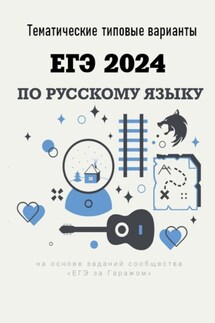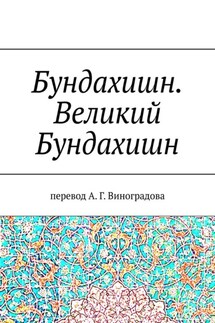Русский язык для сотрудничества России и Африки (2-е изд.). Учебник полезен для африканских и русских студентов - страница 2
Teach culture alongside the language. This is strength of this text. Teaching communication is not enough in itself, exposure to the culture from which the language springs, will help the learners not just appreciate the real meaning of the words they are learning, but learn the language with relative ease. The inclusion of the proverbs and sayings of the wise, and its comparison to counterpart proverbs and sayings of the wise in important English speaking countries – Britain and America is highly appreciated. This is the culturological strategy the author recommends. The textbook combines Russian language teaching and intensive acquaintance with the Russian culture.
This book, therefore, positions the teaching of the language in the firm foundation of its context – the Russian culture. With this comes all the beauty of Russia as a country, its beautiful landscape, its colour, its rivers and lakes, its beautiful people, its names, its animals, its beautiful Arts – music, paintings, its folklore and literature, its science and scientists, its seasons etc. The author sums it all when she says: «Immersed in such an exciting atmosphere of culture, the student will understand that one cannot but know the Russian language, and one must know it well».
The learner has no choice but to learn the language for the benefits are immense!
What more can one say, this is a bumper harvest for all you who would want to delve into the teaching of Russian as an international language, and you definitely cannot go wrong.
Enjoy it. Kanyampa Manda19/11/2020.
REFERENCES:
Baylis, P. (2007). Current Approach to Language Teaching and Learning. UWS, Bankstown, NSW, Avstralia.
Bowen, J. D., Madsen, H., & Hilferty, A. (1985). Where we’ve been: insights from the past. InTESOL: Techniques and procedures (pp. 3—30). Boston: Heinle & Heinle.This text provides an informative summary of past language teaching approaches.
Celce-Murcia, M. (2001) Language teaching approaches: An overview. InTeaching English as a second or foreign language (3rd ed., pp. 1—11).Boston: Heinle & Heinle. This text provides an overview of past language teaching approaches with bulleted lists of their main points.
David Nunan, 1991), Language teaching methodology:
a text book for teachers (the Prentice Hall International.
Larsen-Freeman, D. (2000).Techniques and principlesinlanguage teaching (2nd ed.). Oxford, England: Oxford University Press. This volume provides a discussion of the direct method including a sample lesson followed by an analysis of the principles of the method.
Richards, J. C. (2005). Communicative language teaching today. Singapore: RELC,1—44.
Kanyampa Manda. (Рис.1)
BA. English and History-University of Zambia, Honours BA – University of South Africa, MA Literature and languages-Solusi University Zimbabwe.
Teacher: English Language and Literature, Chief Examiner School certificate Literature in English-Zambia.
Author: ReCreation, an anthology of poetry and short fiction – ISBN: 978-7283-8416-0 (sc) /ISBN: 978-1-7283-8420-7 (e) AuthorHouse (Trade mark) UK.
Рисунок 1
Task: Discuss the per-review with students (before studying by the textbook and after completing its study)
Рисунок 2
History of Africa opened out across our planet
Africa is the largest continent in terms of territory and population (Рис.2). In 2023, it remains one of the most multinational, where representatives of numerous nationalities and ethnic groups live. According to the International Law, there are 54 recognized independent States in Africa. This is the largest number of countries, on the level of state formation, among all the continents.







